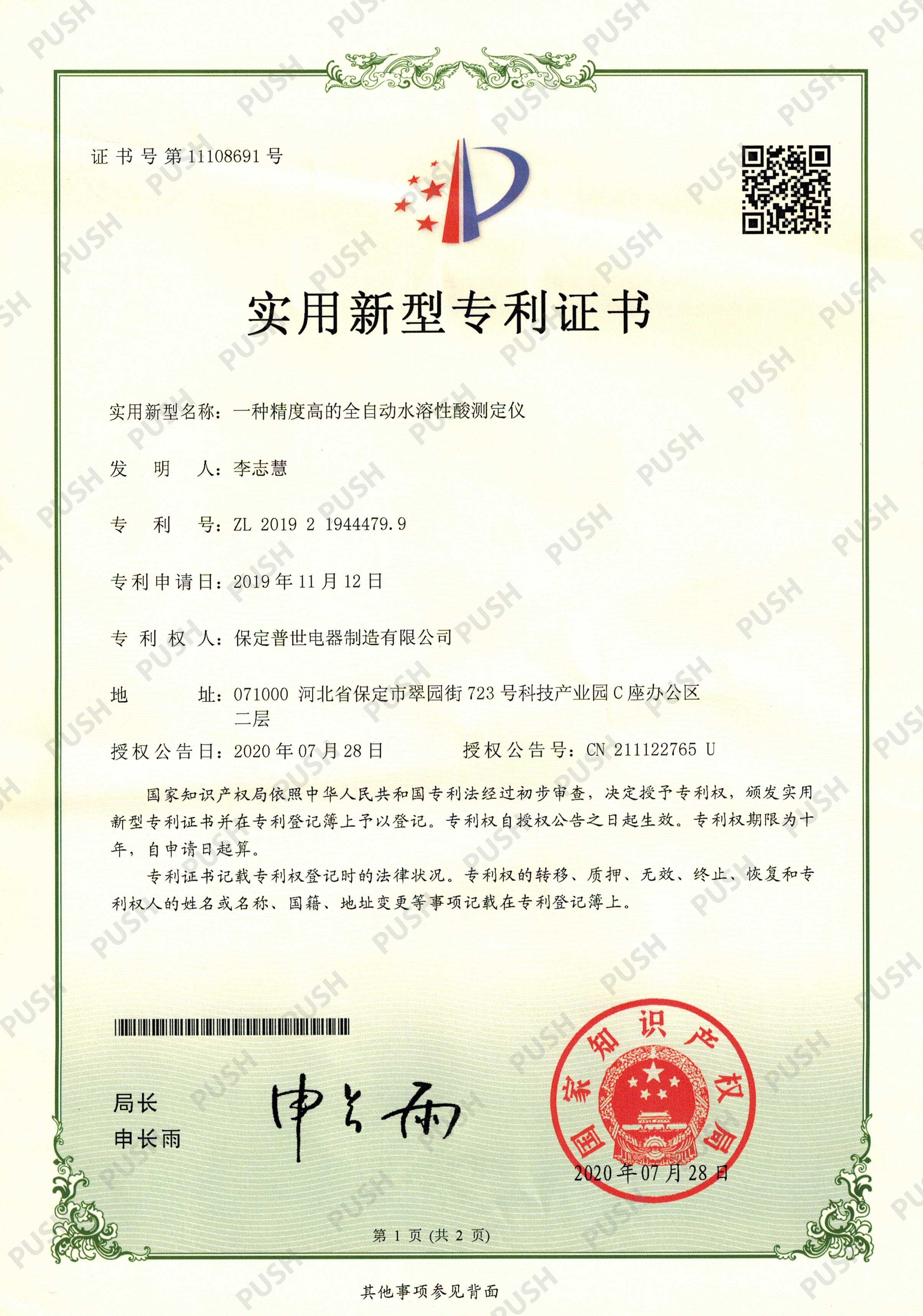 English
English


Examining Magnetizing Current in Transformer Testing for Enhanced Performance Analysis
Magnetising Current Test of Transformers
The magnetising current test is a crucial evaluation procedure used to assess the performance and efficiency of transformers. This test provides insights into the magnetising inductance and core losses of transformers, which are vital parameters for understanding the operational characteristics of these devices. It primarily focuses on measuring the current required to energize the transformer’s core at rated voltage levels, without any connected load, to comprehend the magnetic properties of the core material.
When a transformer is subjected to an alternating current (AC) voltage, it generates a magnetic field in its core. The magnetising current is the portion of the total input current that is necessary to establish this magnetic field. In the absence of load, this magnetising current is composed of two main components the reactive component, which is responsible for creating the magnetic field, and the active component, which represents energy losses within the core due to hysteresis and eddy currents.
To conduct a magnetising current test, the transformer is typically subjected to a rated voltage while keeping it open-circuited. The test involves measuring both the voltage and the current and determining the phase angle between them to calculate the power factor. This information helps engineers understand the efficiency of the transformer and its core materials' magnetic properties.
magnetising current test of transformer

One of the key aspects of the magnetising current test is its ability to reveal insights regarding the transformer’s saturation point. Each transformer has a specific level of flux density it can handle without becoming saturated. If the test demonstrates an unexpectedly high magnetising current at low voltages, it might indicate that the transformer core is operating close to its saturation point, which could lead to increased losses and potential overheating.
Additionally, the magnetising current test can also highlight issues related to transformer design and manufacture. If the measured current deviates remarkably from standard expectations, it can point to defects in the core material or assembly defects within the transformer itself. Such findings can lead to timely interventions and repairs, preventing larger failures during operational conditions.
Moreover, conducting regular magnetising current tests as part of a preventive maintenance program allows utility companies and industries to monitor the health of their transformers effectively. Consistent tracking of the magnetising current variations can signal when a transformer is beginning to degrade, ensuring timely maintenance actions.
In conclusion, the magnetising current test of transformers is a fundamental procedure that aids in ensuring reliability and efficiency in transformer operations. By understanding the core properties and identifying any existing issues, transformer operators can maintain optimal performance and longevity of their electrical systems.
-
Differences between open cup flash point tester and closed cup flash point testerNewsOct.31,2024
-
The Reliable Load Tap ChangerNewsOct.23,2024
-
The Essential Guide to Hipot TestersNewsOct.23,2024
-
The Digital Insulation TesterNewsOct.23,2024
-
The Best Earth Loop Impedance Tester for SaleNewsOct.23,2024
-
Tan Delta Tester--The Essential Tool for Electrical Insulation TestingNewsOct.23,2024





